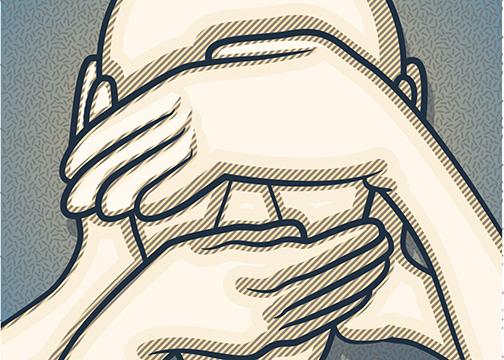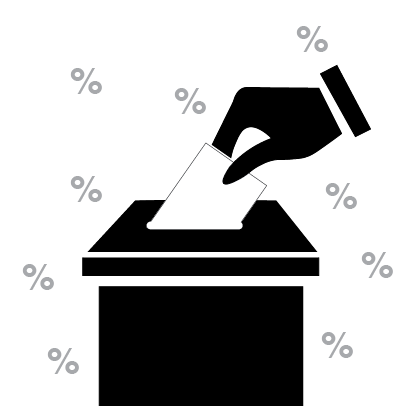Anytime the news is turned on or when San Diego State Crime Alerts are sent out, witnesses act as key informants of the events that took place. For most individuals involved, this is seen as a great way to get facts straight. But it’s important to note what these witnesses were doing at the time of these events. Rather than being actively involved in the process, witnesses more often than not keep a safe distance and watch harmful situations take place. This has come to be better known as the bystander effect. Society ignores a major factor of so many crimes and that is bystanders standing around watching without intervening.
It would be an ideal world if when somebody was in need of help, an individual would quickly come to the rescue. However, lending a helping hand is more often said than done.
There have been multiple accounts of people in situations where help would have made all the difference. Instead, onlookers often walk past blatantly harmful situations they can help prevent. It’s easy to pretend Good Samaritan deeds go unnoticed, but to ignore a plea for help can have dire consequences. Just as recent events on campus have illustrated, society needs more actively involved witnesses.
Popularized by Psychologists Bibb Latane and John Darley, the bystander effect is a situation where individuals feel inclined to retract any help once he or she sees, or assumes, somebody else offering the same service. It’s a psychological dilemma that has been seen even in the most public of spaces.
For example, Hugo Alfredo Tale-Yax laid bleeding on the ground after being stabbed for more than an hour while bystanders walked past and took photos, according to the Huffington post.
In 2011, Daily Mail reported that a two-year-old girl, Wang Yue, was run over by a car twice and left on the street to die. People walked clear around the child before somebody finally called the authorities.
Although these may be extreme examples, it adequately showcases the injustice lingering even in the most innocent of people.
College campuses swarm with similar events even though millennials are supposedly referred to as “the next greatest generation.” It’s usually the fear that stops most people. “I don’t want to get involved” and “What am I supposed to do?” rush through people’s heads when they are faced with third-party confrontations. This often overcomes a person’s need to help and thus leads to more crimes that could have been easily prevented.
On the same note, a person failing to intervene isn’t the only problem. In fact, in one study, it was found 80 percent of men felt uncomfortable when faced with confrontational scenarios. People now are almost always inclined to put themselves before the safety of another individual.
Colleges across the nation have attempted to address the bystander effect and have implemented bystander intervention — reasons why SDSU hasn’t tried this program is beyond me. This intervention will allow college students to break the cycle of simple watching crimes take place, instead taking initiative to stop it. This literally nips the problem in the bud. This alone gives students strategies to intervene in confrontations in a safe manner.
Stepping in to prevent a crime can be challenging and most of the time, it seems easiest to pretend it didn’t happen. However, being a neutral bystander is just as bad as being a perpetrator.
Edmund Burke summed it up pretty well: “The only thing necessary for evil to triumph is for good men to do nothing.”
Until students understand this, crimes on campuses will become just as normal as passing up the chance to help a person in need.







